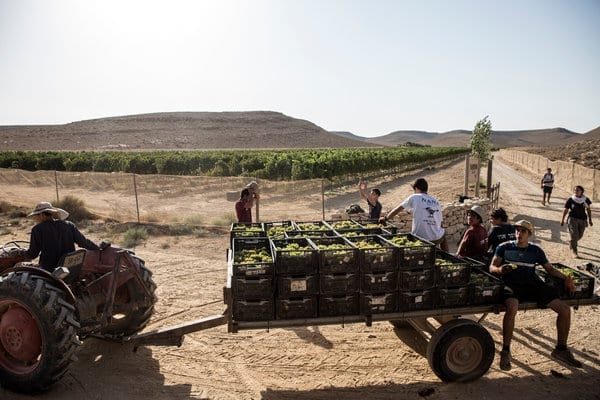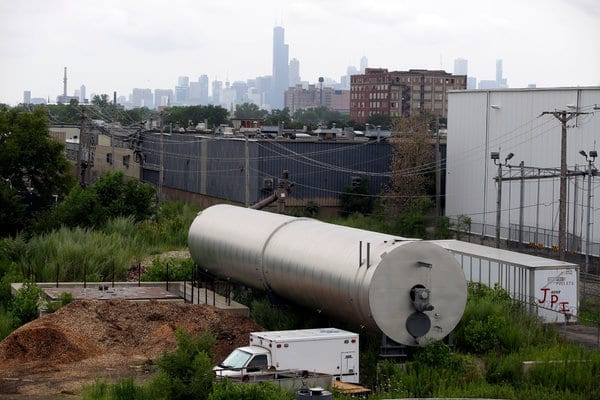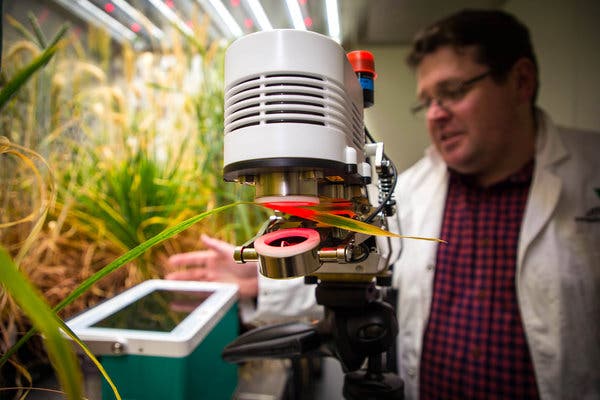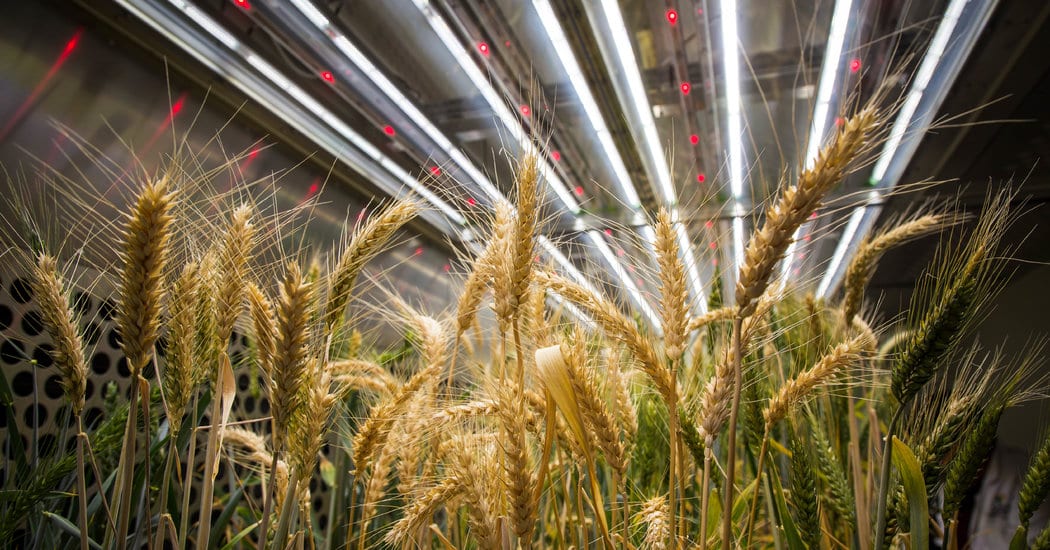Sitting there as a proxy for the collective old guard, the plant physiologist faced the prospect that the next generation of Australians would be the first to wind up worse off than their parents.
But as it happens, Dr. Furbank is in a position to help the world get ahead of the looming food shortage crisis stemming from global climate change, as rising temperatures, worsening drought, and changing wind and rainfall patterns threaten agriculture’s capacity to feed the world.
Dr. Furbank is the director of the ARC Centre of Excellence for Translational Photosynthesis, an enterprise that draws on experts from several Australian universities and the national government’s premier research agency. In tandem with scientists in universities and private labs that span the globe, the center has set its sights on an audacious solution to the impending food crisis: making crops more efficient at conducting photosynthesis.
Photosynthesis is the process, vital to all life on earth, by which plants use sunlight, carbon dioxide and water to produce sugars and oxygen.



Crop physiologists project that if they could make plants just 5 percent more efficient at the process, they could boost the yield of most crops by 20 percent.
That would be a big help in feeding the global population, which is expected to rise from 7.5 billion today to perhaps 10 billion in 2050. Scientists say that crop yields will need to soar by an estimated 70 percent or more to keep up with global demand.
If the sheer mathematics of recent history are any guide, there is reason to hope. Between 1960 and 2010, global food production rose by 175 percent, thanks to a suite of agricultural innovations collectively known as the Green Revolution. By cultivating high-yield grains, refining the use of nitrogen fertilizer and improving irrigation techniques, the agricultural sector averted global famine while the world’s population multiplied at a rapid rate.
However, as the Green Revolution’s methods have approached their apparent biological limits in recent years, global crop yields have stalled. At the same time, modern agriculture has had a destructive impact on the planet through greenhouse gas emissions, nitrogen fertilizer pollution, soil degradation and the like.
Experts predict that during the coming decades, researchers will need to cultivate crops that can achieve unprecedented bounty in ever harsher and more unpredictable conditions and yet thrive with fewer resources — including land, water and fertilizer — than today’s varieties.

There’s a lot more than food at stake. Climate change’s impact on agriculture is already contributing to global crises, experts say.
“Food scarcity and crop failures driven by droughts and other causes in the Middle East and Central America have likely contributed to the flooding of refugees into Europe and the United States,” said Yaneer Bar-Yam, president of the New England Complex Systems Institute.
In Australia, agricultural scientists are in a strong position to provide the global agricultural community with valuable insights into what it will take to harvest successful crops in an increasingly forbidding climate.
“As the driest continent on earth, Australia is the proverbial canary in the coal mine,” said Nick Austin, an Australian native and the director of agricultural development at the Bill & Melinda Gates Foundation in Seattle, which invests some $400 million annually into agricultural development. “Much of what is learned in Australia will have relevance to other countries as they face hotter and more variable farming conditions.”
The Australian government’s Grains Research & Development Corporation channels a significant portion of its $200 million research budget toward climate-resilient crop development. The corporation derives the majority of its funding from a levy on farmers’ output, which encourages projects that will increase yields.
On the photosynthesis front, Australian scientists are grappling with improving the performance of an enzyme called rubisco that is abundant in plants and critical to the process. Rubisco works at a slothful pace; 20 to 40 percent of the time it picks up oxygen molecules, rather than carbon dioxide molecules, and throws them through the photosynthetic assembly line, wasting water and energy in the process.
In the 1960s, Australian researchers discovered that some plants, including corn and sugar cane, manipulate rubisco into working more efficiently, allowing those crops to thrive in less-forgiving environments. If Dr. Furbank and his many colleagues and counterparts across the globe could engineer high-demand crops like beans, rice, wheat and potatoes to function similarly, the scientists could in theory improve those crops’ yields while reducing fertilizer and water demands.
The research teams from 12 institutions in eight nations, including Australia, that comprise the Gates Foundation-funded C4 Rice Project hope to achieve this task in rice that is ready for field planting by the early 2030s.
Robert Sharwood, a researcher in Dr. Furbank’s center, is working on corn along with David B. Stern, president of the Boyce Thompson Institute and a plant biologist at Cornell University. They are leading an international research effort that has boasted early success in increasing rubisco levels in corn — and ultimately the crop’s productivity, according to their 2018 paper in Nature Plants.
Wheat, which covers more land than any global crop and provides 20 percent of all calories and protein consumed by people worldwide, is also a major focus of international research into increasing yields.
Australia’s $6 billion wheat industry is the source of about 8 percent of worldwide exports of the grain, making the nation’s harvest an important factor in the stability of global markets.
On a recent visit to the ARC Centre, Dr. Sharwood and Dr. Furbank displayed an array of innovations that allow them to cultivate crops in environments that simulate future climate conditions and devices that closely measure and monitor crop growth.
The rich data those devices collect can help breeders identify the most promising crop varieties and guide farmers’ midseason decision-making — for example, by determining the precise amount of fertilizer, pesticide or irrigation needed.




